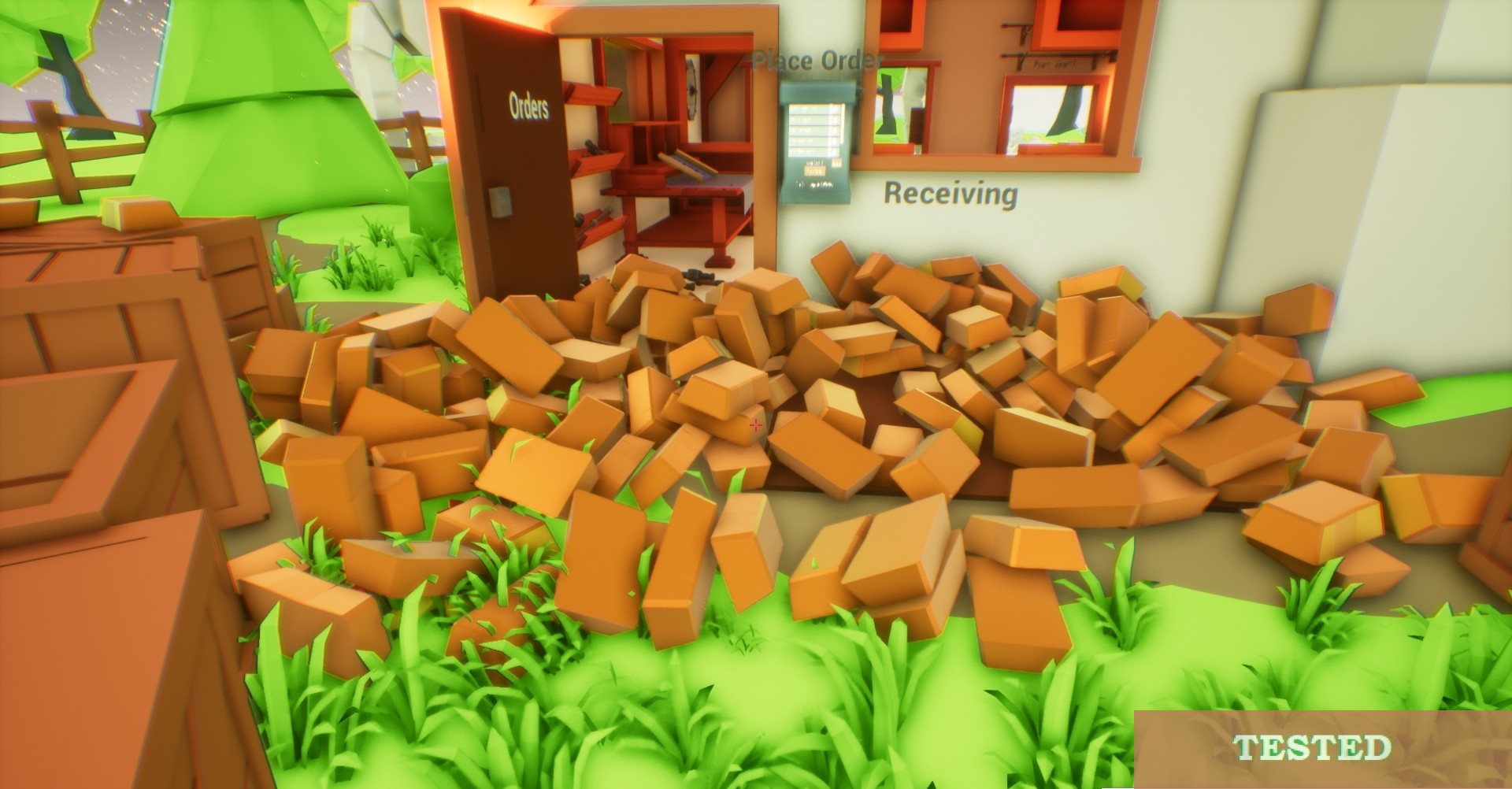

Going from an 800 square-foot two-bedroom home to one with over 2000, we were stunned. We moved to a new (to us) place about 12 years ago, which more than doubled our living space. Most of my friends who live in homes with formal dining rooms end up turning them into home offices or game rooms. A formal dining room may seem elegant, but unless you’re throwing dinner parties on a regular basis, it’s a waste of space. Susanka stresses creating spaces that suit what you really do. Vaulted ceilings and master suites are regal, but go to a party and see where people hang out: in the kitchen or smaller rooms. Homes are sometimes built to impress the people outside rather than be comfortable for those inside. In her book The Not So Big House, architect Sarah Susanka postulates that we tend not to build living structures that reflect how we actually live. There are two rows of purlins.“An object should be judged by whether it has a form consistent with its use.” – Architect Bruno Munari The two queen post roof trusses have struts, high collars and iron straps.


The forge has all its operational components and there are electrical fittings to the room. There are workbenches fixed to each wall and a loft opening, accessed by a ladder, to the right of the plank entrance door. The smithy interior is open to the roof and has a brick forge set forward from the back wall with an anvil and block to its left. To the rear left is a lean-to pigsty and to the right is a two-light opening to the rear of the smithy and a walled enclosure with concrete trough. The south end has a small loft opening to the gable, the north end has a wide metal-framed window. The end and rear elevations are of rubblestone and flint with brick banding. To the rear is a lean-to pigsty with a separate entrance and a walled enclosure.ĭESCRIPTION: the principal elevation has a cart opening to the left and two wide window openings to the right under cambered brick heads, chamfered architraves and metal frames. PLAN: built on a north-east/ south-west alignment and facing south-east it is arranged as a single-room smithy with an entrance from the adjacent open-fronted workshop area, which is lofted above. The floors are earthen with some areas overlaid in poured concrete.

#My little blacksmith shop quality windows#
Most of the windows have metal frames and chamfered brick architraves. There are fitted timber workbenches to the walls. The iron anvil is mounted on a stone block. The forge is constructed of brick with a brick chimney. MATERIALS: constructed of red brick, local rubble stone and flint with timber roof structures covered in slate and a timber loft. The smithy building was in use by father and son blacksmiths, latterly Jack Carter until he retired in the 1990s, from which point the building was left undisturbed with its fittings, tools and other materials in place.Ī blacksmith’s shop of mid-C19 date with an attached early C20 pigsty. Between 19 a pigsty was built alongside the west wall of the Blacksmith’s Shop. Knighton Manor (Grade II), nearby to the east, is of late C16 date on the site of an earlier building associated with a deserted medieval village. The watermill site has medieval origins and the mill was rebuilt in the C19. The Old Blacksmith’s Shop dates to the mid-C19 and is first shown on the Ordnance Survey Map of 1887 where it is shown close to Knighton Farm and Knighton Mill, and is marked as ‘Smithy’. * with Knighton Manor (listed at Grade II) on the site of a deserted medieval village with an adjacent former mill site and farmstead. * as an interesting and poignant reminder of the important role of small metal industry within rural communities. * the attached pigsty is built in a sympathetic style and was probably placed to benefit its former occupants from the heat of the forge. * the building has survived remarkably intact with a complete interior including forge and anvil block * as a good example of a small mid-late C19 blacksmith’s workshop with good quality architectural detailing The Old Blacksmith’s Shop at Knighton, Broad Chalke, Wiltshire, is listed at Grade II for the following principal reasons: A mid-late C19 smithy with storage bay and attached pigsty.


 0 kommentar(er)
0 kommentar(er)
